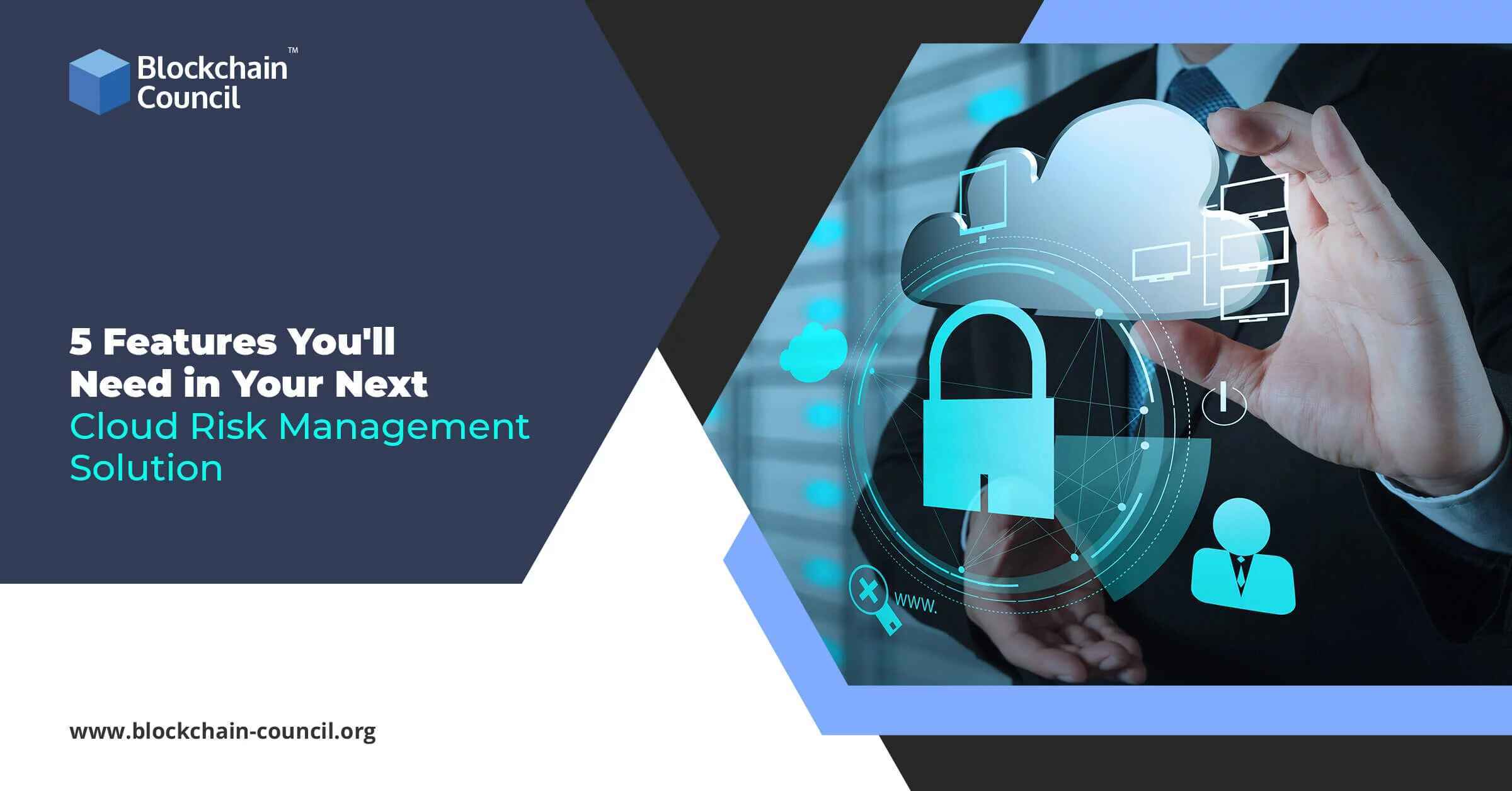
- Adam Cifu
- January 25, 2024
In the past, business owners and leaders have mostly had to manually assess the risks their industries were exposed to. Arriving at this information would require a combination of personal engagement with on-ground personnel, discussions with federal regulators or other governing bodies, and many time-consuming meetings with other members of internal leadership. All this would give the C-suite an idea of their enterprise’s risks, as well as some ideas on how to mitigate those risks.
While external risk assessments and input from third parties may still be relevant in today’s marketplace, these are far from sufficient on their own. The dynamism and speed brought about by financial technology, coupled with the ever-evolving methods deployed by cybercriminals and money launderers, has demanded that corporations keep up with the times. Consequently, many industries have had to turn to sophisticated systems like enterprise risk management software to determine their risk profile. But with so many options available on the market now, how does a CTO choose the appropriate one for their organization?
If you find yourself in this predicament, this is the article for you. Make sure your next cloud risk management solution has the following features:
Functional Capability
Your next risk management software needs to be able to increase risk awareness across an organization’s various stakeholders, and should increase their capacity to respond to risks that apply to their personal spheres of influence. To do this, your selected risk management software must be able to provide an enterprise-wide view of an organization’s risk profile. Such a view can be derived by a robust analytics engine from a single source of truth, also known as a data foundation. Ideally, the software you’re looking to implement should also be able to weigh the decisions that leaders make and assess whether, and to what extent, these impact an organization’s risk profile.
Access Control
While access to information is largely considered beneficial to most business operations, granting universal access to everyone is almost certainly not going to create an optimal result. Unit leaders should seek to ensure that their team members aren’t inundated with information, and also to protect the organization as a whole from potential information leaks. To this end, they should choose an enterprise risk management software that allows systems administrators to limit user access to risk assessments that impact their own units directly.
Some advanced systems are even able to automatically adjust user access depending on past risk-based decisions and user behavior, or because of updates to a user’s role or level of certification. This feature will save administrators from having to update core systems manually every time a user’s role changes, which can result in major savings for large organizations.
Advanced Security
One of the reasons you’re likely considering a cloud-based solution for your next enterprise risk management software is the innate flexibility of the system. If the global coronavirus outbreak has taught us anything, it’s that the companies that are most flexible and able to adapt will be the ones that survive the uncertainty of today’s marketplace. Cloud-based systems allow users to access their work platforms from almost anywhere, which is amazing for operations. However, these same benefits also bring other potential risks for the organization, particularly those involving privacy and security. The possibility of data leaks needs to be mitigated with a cloud-based system that features advanced security features that are native to and built into the system itself.
These features are likely to change from vendor to vendor, but there are a few basic and essential ones organizations should look for. For one, a robust cloud-based software should come with firewalls that inspect data packet contents. It should also come with intrusion detection as well as user access logs.
Another equally important feature is called encryption at rest, which acts as a deterrent to potential data thieves. Data centers that feature encryption at rest are equipped to encrypt any client data that they are in possession of. They also do not need files to be encrypted independently before being sent to and hosted on their servers. In the event of a data leak, this feature allows organizations to warn their clients about the leak before thieves are able to break the encryption to get at the raw data.
Minimal Downtime
The flexibility that cloud computing affords your team would be worthless if your vendor’s data center is always unavailable for maintenance or upkeep. Make sure you choose a software provider who has historical data to prove that their platform is available at least 99.9 percent of the time. This is an industry standard for cloud computing, and most SaaS providers pursue uptimes of 99.99 percent, or about an hour every year.
Reliable Tech Support and Aftersales Service
You definitely don’t want a software solution that will suddenly be decommissioned soon after you purchase and implement it. When discussing your options with vendors, make sure to ask about the time horizon of the product that you’re interested in implementing. This should also give you an idea of your software’s lifecycle, and when your next upgrade will likely take place.
A company’s risk profile is unlikely to stay static. As such, companies must be proactive in finding a solution that works for them. If not, they could be looking at major financial and operational exposures, or missing out on potentially valuable competitive advantages.





































































 Guides
Guides News
News Blockchain
Blockchain Cryptocurrency
& Digital Assets
Cryptocurrency
& Digital Assets Web3
Web3 Metaverse & NFTs
Metaverse & NFTs
